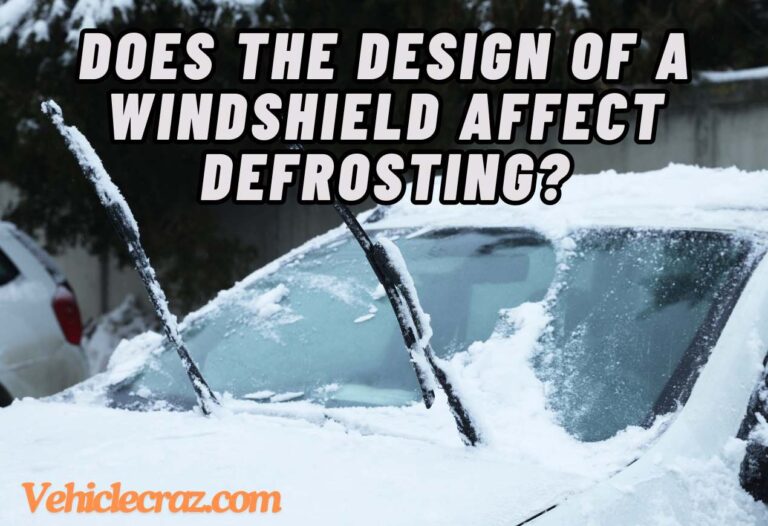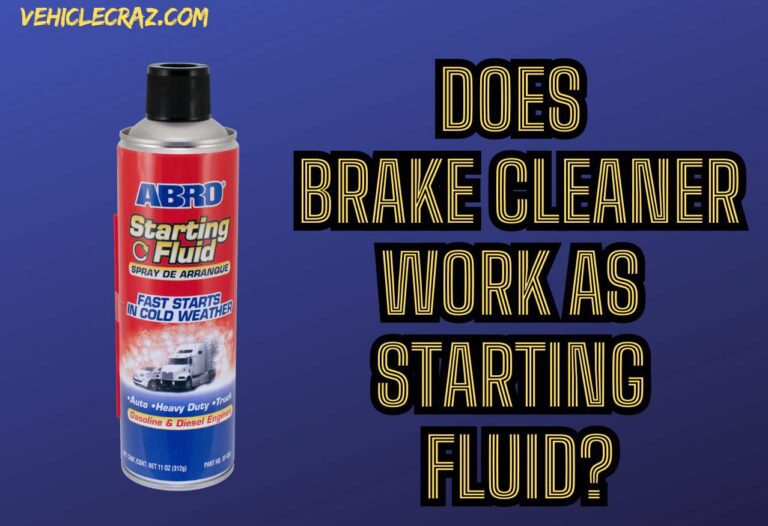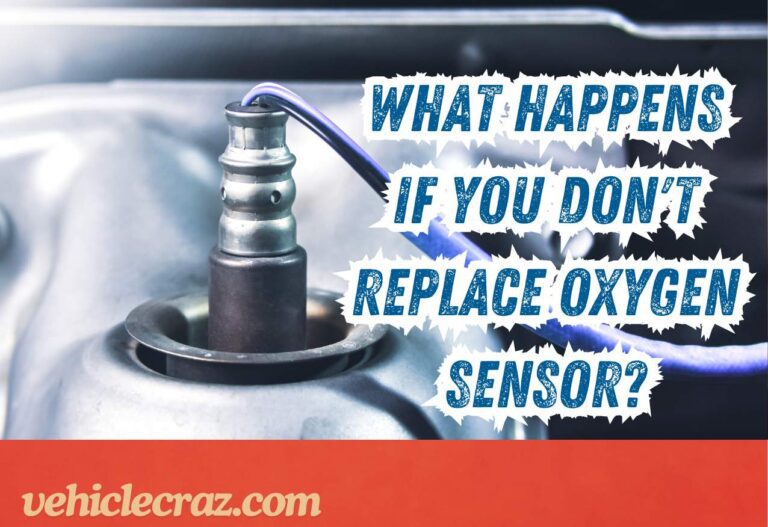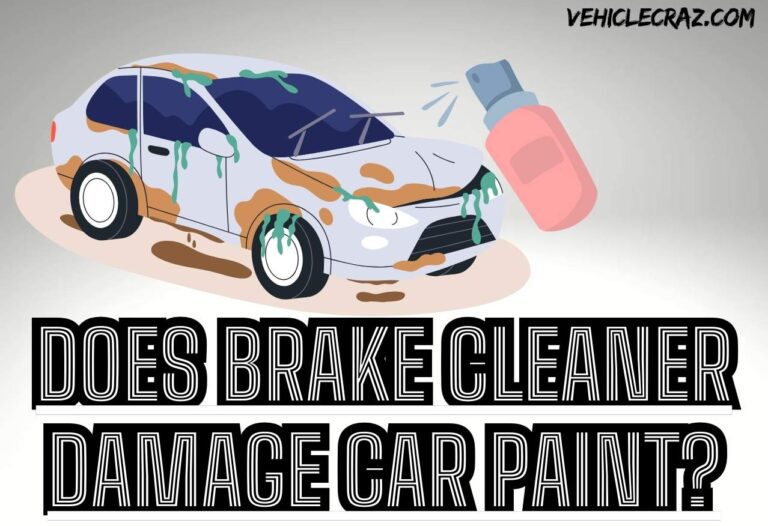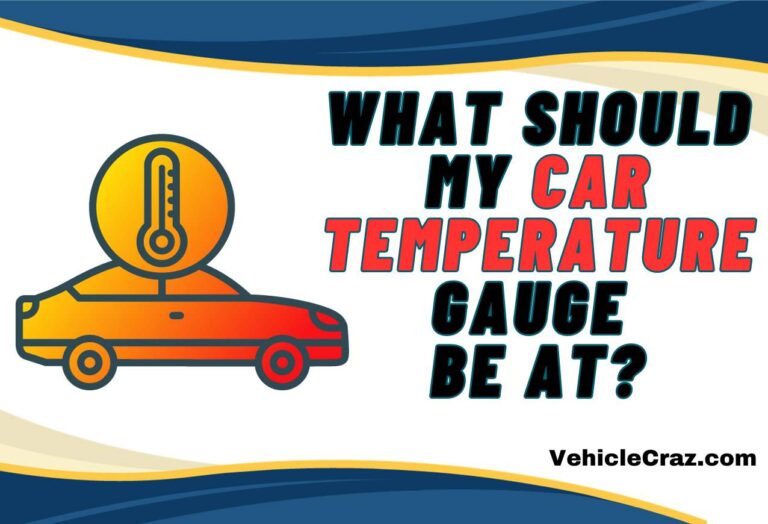Car Horn Not Working After Rain? FIXED
After a heavy rain, you might find that your car horn has stopped working or is functioning intermittently. This issue is more common than you might think and can be caused by several factors related to moisture and water exposure.
In this article, we’ll discuss the reasons why a car horn might fail after rain, how to troubleshoot the problem, and what steps you can take to prevent it from happening in the future.
Why Is My Car Horn Not Working After Rain?
Here are some reasons why your car horn is not working after rain.
Water Ingress in Electrical Components
The most common cause of a malfunctioning horn after rain is water entering the horn’s electrical system. Rainwater can seep into areas where electrical connections are exposed, such as the horn button, wiring harness, or the horn itself.
Moisture can cause short circuits, disrupt electrical signals, or lead to corrosion, all of which can prevent the horn from functioning properly.
Blown Fuse
Water exposure can cause a surge in the electrical system, leading to a blown fuse. The fuse for the horn is usually located in the fuse box under the hood or inside the car.
If the fuse is blown, the horn will not receive power and won’t work until the fuse is replaced.
Faulty Horn Relay
The horn relay controls the power sent to the horn when you press the horn button. Water exposure can cause the relay to fail, especially if it’s located in a vulnerable position.
A faulty relay can prevent the horn from activating, even if the horn itself and other components are in working order.
Corroded Wiring
Prolonged exposure to moisture can lead to corrosion in the wiring connections that power the horn. Corroded wires may not conduct electricity properly, leading to intermittent or complete failure of the horn.
Corroded wiring can cause the horn to produce a weak sound, work intermittently, or not work at all.
Damaged Horn Diaphragm
The horn itself contains a diaphragm that vibrates to produce sound. If water gets inside the horn, it can damage the diaphragm, preventing it from vibrating properly.
A damaged diaphragm can result in a horn that sounds distorted or fails to produce sound altogether.
How to Fix a Car Horn That’s Not Working After Rain?
Here are some fixes you can try to solve the issue.
Check the Fuse
Locate the fuse box and find the fuse corresponding to the horn. If the fuse is blown, replace it with one of the same amperage.
Always keep spare fuses in your car for emergencies.
Inspect the Horn Relay
Find the horn relay in the fuse box or under the hood. Swap it with a similar relay from another system (like the headlights) to see if the horn works. If it does, replace the faulty relay.
Relays are relatively inexpensive and easy to replace.
Examine the Wiring and Connections
Inspect the wiring leading to the horn for signs of corrosion, fraying, or disconnection. Clean any corroded terminals with a wire brush and apply dielectric grease to prevent future corrosion.
Use a multimeter to test for continuity in the wires if you’re comfortable with electrical work.
Dry Out the Horn and Electrical Components
If you suspect water has entered the horn or its connections, dry the affected areas using a hairdryer or compressed air. Ensure everything is completely dry before testing the horn again.
Consider applying a waterproof sealant around vulnerable areas to prevent future water ingress.
Replace the Horn
If the horn itself is damaged, replacement may be the only option. Purchase a new horn compatible with your vehicle and follow the manufacturer’s instructions for installation.
Some horns are easier to replace than others; consult your vehicle’s manual or a mechanic if you’re unsure.
How to Prevent Car Horn Failure After Rain?
Preventing car horn failure after rain involves taking proactive measures to protect the horn and its electrical components from moisture. Here’s how you can safeguard your car horn and ensure it remains functional even after heavy rainfall:
Seal Electrical Connections
Apply a waterproof sealant around the horn’s electrical connections, including the wiring harness and connectors. This helps prevent water from seeping into the connections and causing shorts or corrosion.
Cover exposed wiring with heat-shrink tubing, which provides an additional layer of protection against moisture.
Install a Horn Cover
If your vehicle’s horn is exposed to the elements, consider installing a horn cover. A cover acts as a shield, keeping rainwater from directly hitting the horn.
In the absence of a commercially available cover, you can fashion a simple shield using durable plastic or rubber to divert water away from the horn.
Elevate the Horn’s Position
If possible, reposition the horn to a higher location within the engine bay, where it is less likely to be exposed to water splashes or direct rain. This can be particularly useful in vehicles with low-mounted horns.
Regular Inspection and Maintenance
Periodically inspect the horn and its connections for signs of corrosion, especially after rainy seasons. Clean any corrosion you find with a wire brush and apply dielectric grease to prevent future corrosion.
Regularly test the horn to ensure it is functioning properly. This can help you catch potential issues early before they lead to complete failure.
Use Dielectric Grease
Apply dielectric grease to the horn’s electrical connections and terminals. This grease acts as a barrier, preventing moisture from entering the connections and causing electrical failures.
Dielectric grease also improves electrical conductivity, ensuring a strong and consistent horn sound.
Keep the Engine Bay Clean
Regularly clean the engine bay to remove leaves, dirt, and other debris that could trap moisture around the horn and its wiring.
Ensure that the drainage channels in the engine bay are clear, so water doesn’t accumulate and potentially damage the horn and other electrical components.
Install a Splash Guard
Consider installing a splash guard or mud flaps if your vehicle doesn’t have them. These accessories can reduce the amount of water that splashes up from the road and reaches the horn.
Ensure the splash guard or mud flaps are properly fitted to provide maximum protection against water exposure.
Park Smartly
Whenever possible, park your vehicle in a garage or under a carport during rainy weather. This reduces the horn’s exposure to direct rain.
If parking outdoors, avoid areas where water tends to pool, as driving through deep puddles can cause water to splash up into the engine bay.


I’m Alex, a seasoned mechanical teacher with over 20 years of hands-on experience in Australia. My passion for all things automotive has driven me to establish this blog, aiming to share my wealth of knowledge and expertise with fellow enthusiasts, DIYers, and anyone keen on understanding the mechanics behind the machines we rely on daily.


